EVENT![]()
Sharing the moments from the 2025 JIAPICH.
INVENTORIES![]()
IMILIKUT/IMENURU: WAYANA AND APARAI GRAPHIC ART
ICHGRAM![]()
Assosiation of Upper Egypt for Education and Development in the annual meeting of the World Martial Arts Union (WoMAU)
-
INVENTORIES
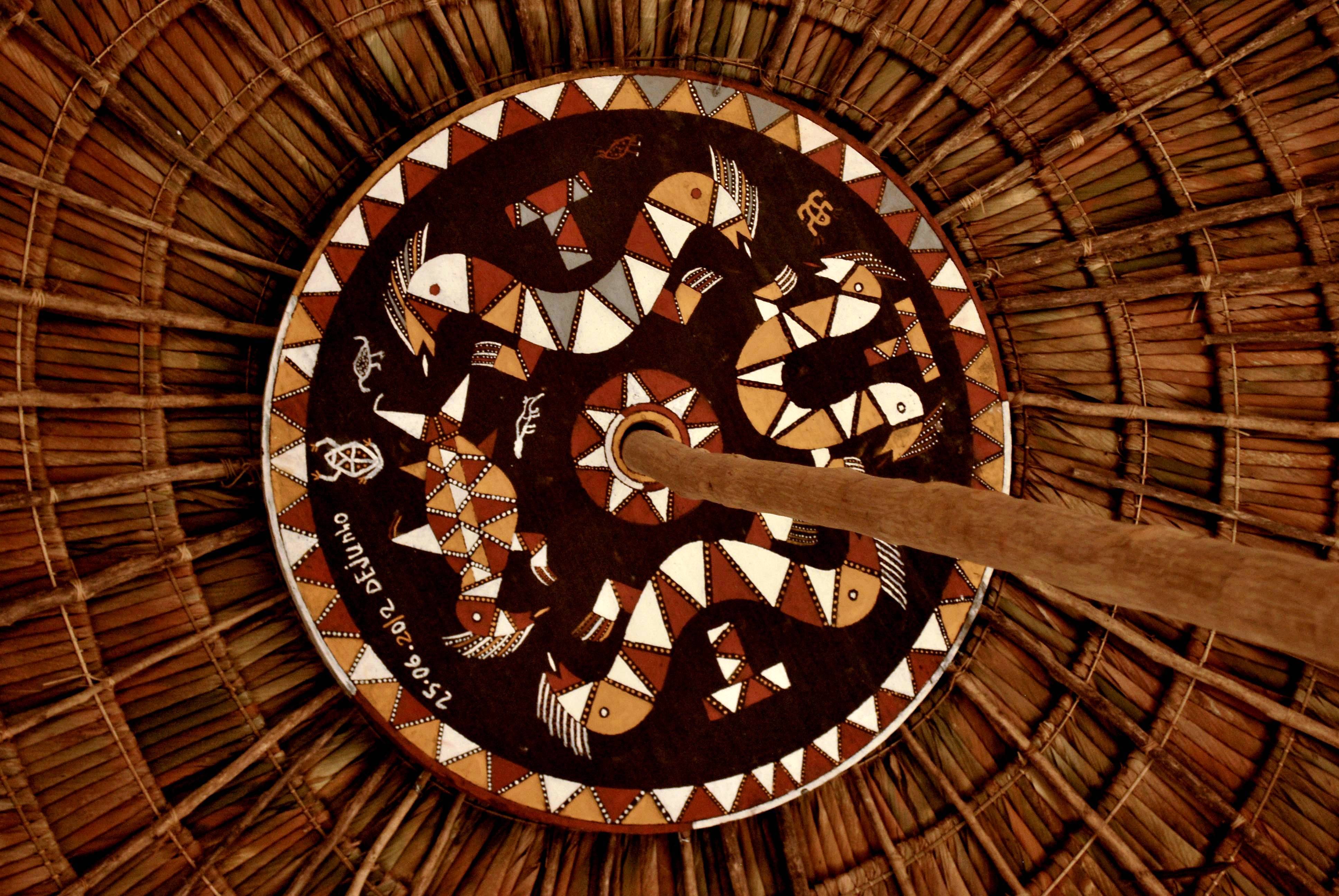
IMILIKUT/IMENURU: WAYANA AND APARAI GRAPHIC ART
The graphic art of the Wayana and Aparai, indigenous peoples of northern Pará, is a traditional cultural expression marked by great material, symbolic and conceptual diversity. Their graphics, created according to their own concepts, reflect a dynamic system of knowledge transmitted orally and through daily practices. As a collective heritage, governed by specific social and political norms, this art presents historical continuity and constant recreation, adapting to cultural transformations through creative processes of updating and resignification, which guarantees its contemporaneity and identity relevance.Like all cultural elements, the graphic art of the Wayana and Aparai is subject to internal and external influences, which alter its formal and conceptual aspects. These changes are also reflected in social practices that can currently affect the contexts of production and, above all, the transmission of this art to the younger generation. On the other hand, it is worth noting that the graphic systems of
05-02-2025
-
INVENTORIES
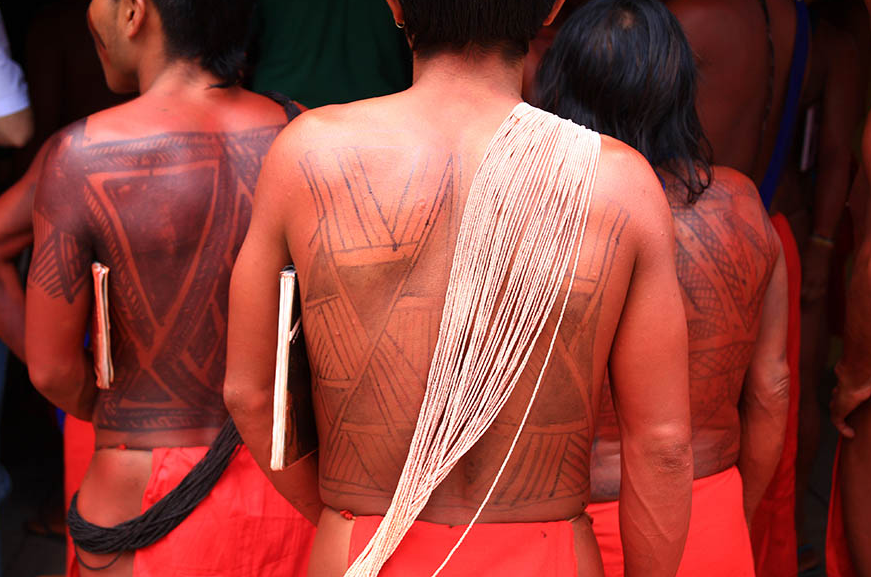
Kusiwa Art: Body Painting and Graphic Art of the Wajãpi People of Amapá in Brazil
This is a system of representation—a graphic language of the Wajãpi people of Amapá—that synthesizes their way of understanding, conceiving, and acting upon the universe. The kusiwa graphic system operates as a catalyst for the expression of knowledge and practices that encompass social relationships, religious beliefs, technologies, and aesthetic and moral values. The exceptional value of this form of expression lies in its ability to condense, transmit, and renew—all through the creativity of the artists and storytellers—every unique and element of the Wajãpi way of thinking and being in the world. The kusiwa language is a form of expression that complements the knowledge passed down orally from one generation to the next and shared among all members of the group. This knowledge is mainly found in oral narratives that this Indigenous group—now consisting of about 580 individuals—continues to pass on to their children. These stories explain how colors emerged, how the patterns in the designs came to be, and
05-01-2025
-
INVENTORIES
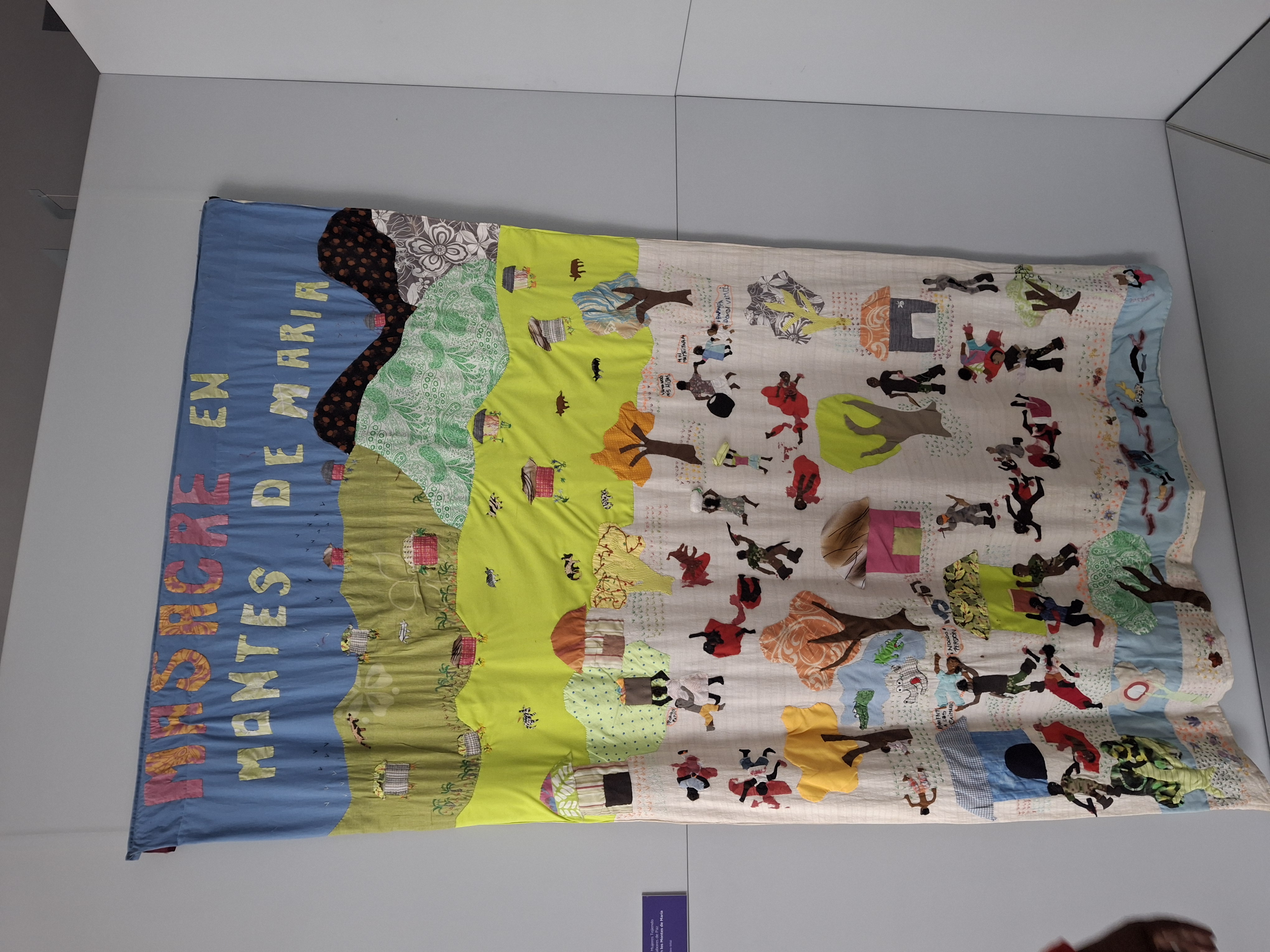
Las Tejedoras de Mampujan: A story of resilience
The Tejedoras de Mampuján (Weavers of Mampuján) emerged in the early 2000s as a collective of Afro-Colombian women survivors from the rural community of Mampuján, located in the Montes de María region of northern Colombia. On March 10, 2000, over 200 families were forcibly displaced following a brutal paramilitary incursion, marking a profound rupture in the community’s social fabric.In the aftermath, these women transformed their trauma into a process of collective healing and cultural preservation. By 2004, they began utilizing the ancestral art of sewing as a means to transmit oral histories, cultural values, and communal memories. Through participatory workshops and intergenerational training, they established a pedagogical model that integrates traditional sewing techniques with storytelling, fostering resilience and empowerment within the community. The group’s efforts have not only safeguarded intangible cultural heritage but have also gained national and international recognition. In 2015, they were a
04-30-2025
-
INVENTORIES
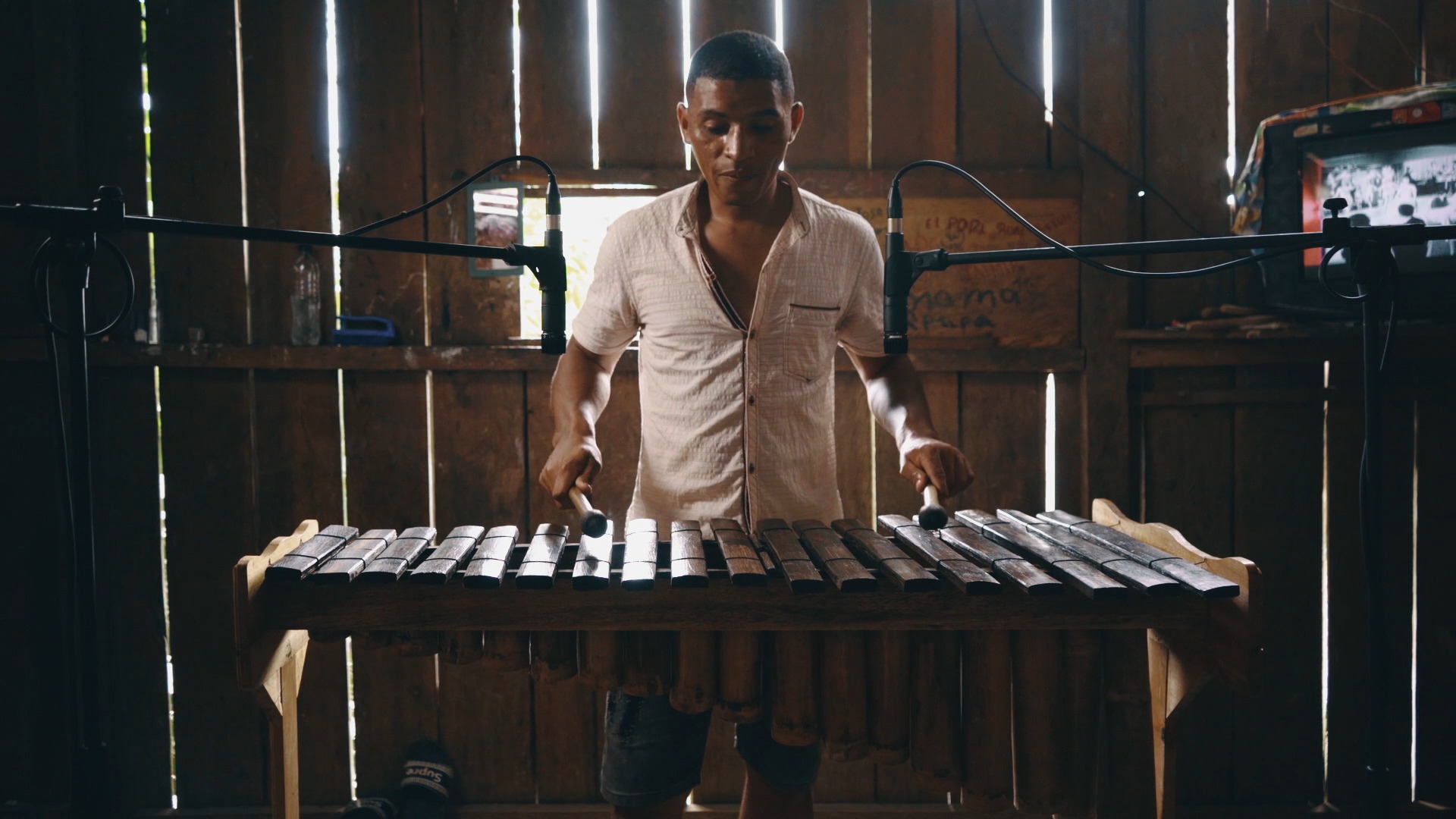
Safeguarding Afro-Pacific Intangible Cultural Heritage in Colombia: A Community-Led Model by Marimbea
- Marimba de chonta music and traditional chants (Bunde, Bambuco Viejo, Alabados, Juga, Rumba, Agua, among others)- Rituals and dance forms linked to music- Oral traditions (décima, storytelling)- Culinary knowledge (viche, traditional recepies)- Instrument-making and crafts (marimba de chonta, guasás, cununos, bombos)Marimbea’s approach centers cultural identity as a vehicle for dignity, peacebuilding, and economic inclusion. Its work connects intergenerational wisdom with innovative practices, supporting communities to safeguard their heritage while creating opportunities for sustainable development. Over the past decade, Marimbea has led more than 120 immersive cultural experiences in Colombia and eight other countries, reaching over 1,000 participants and directly benefiting over 400 people in rural and urban Afro-Colombian communities. These experiences include community-led cultural tourism circuits, educational workshops, interactive concerts, artistic residencies, virtual festivals, performances, and
04-29-2025
-
EVENTS
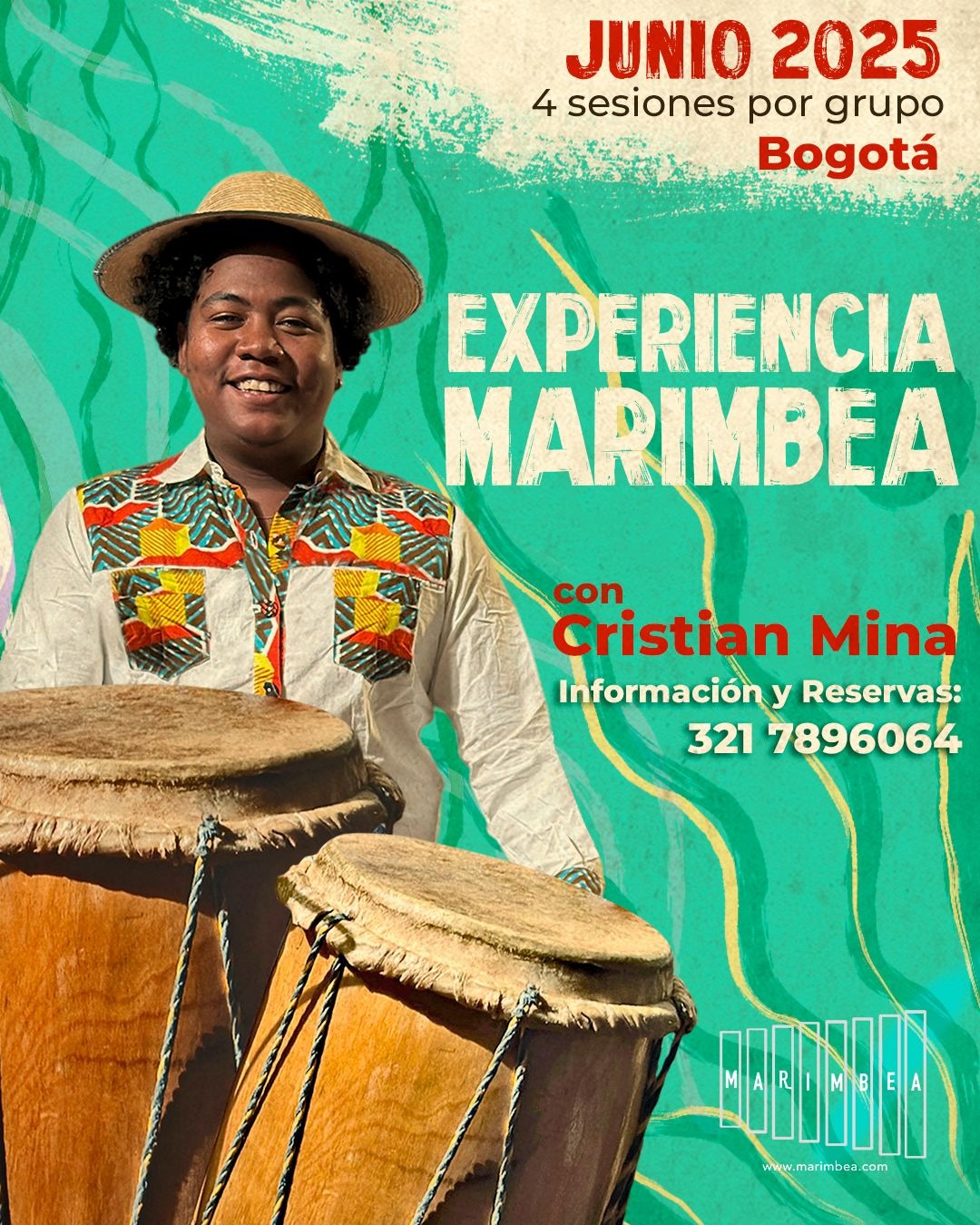
Marimbea Experience: Immersive AfroColombian Pacific Music Workshop - Bogotá
Marimbea invites you to a unique cultural transmission experience through the traditional music of Colombia’s Pacific coast. An immersive, community-centered music workshop that celebrates and transmits the rich musical traditions of Colombia’s South Pacific coast. Participants learn directly from Afro-Pacific musicians through hands-on sessions, culminating in a festive community showcase.No previous musical experience is required—the workshop is open to all who are eager to learn, connect, and celebrate Afro-Pacific heritage.Marimbea Experience is a four-session in-person workshop designed to connect participants with the ancestral musical practices of the Afro-Colombian Pacific coast. Through practical sessions led by renowned traditional musician Cristian Mina (from Guapi, Cauca), participants will engage deeply with instruments such as marimbas and traditional percussions, and explore the cultural context that gives life to this musical heritage.Each session includes guided instruction, access to instru
04-29-2025
-
INVENTORIES
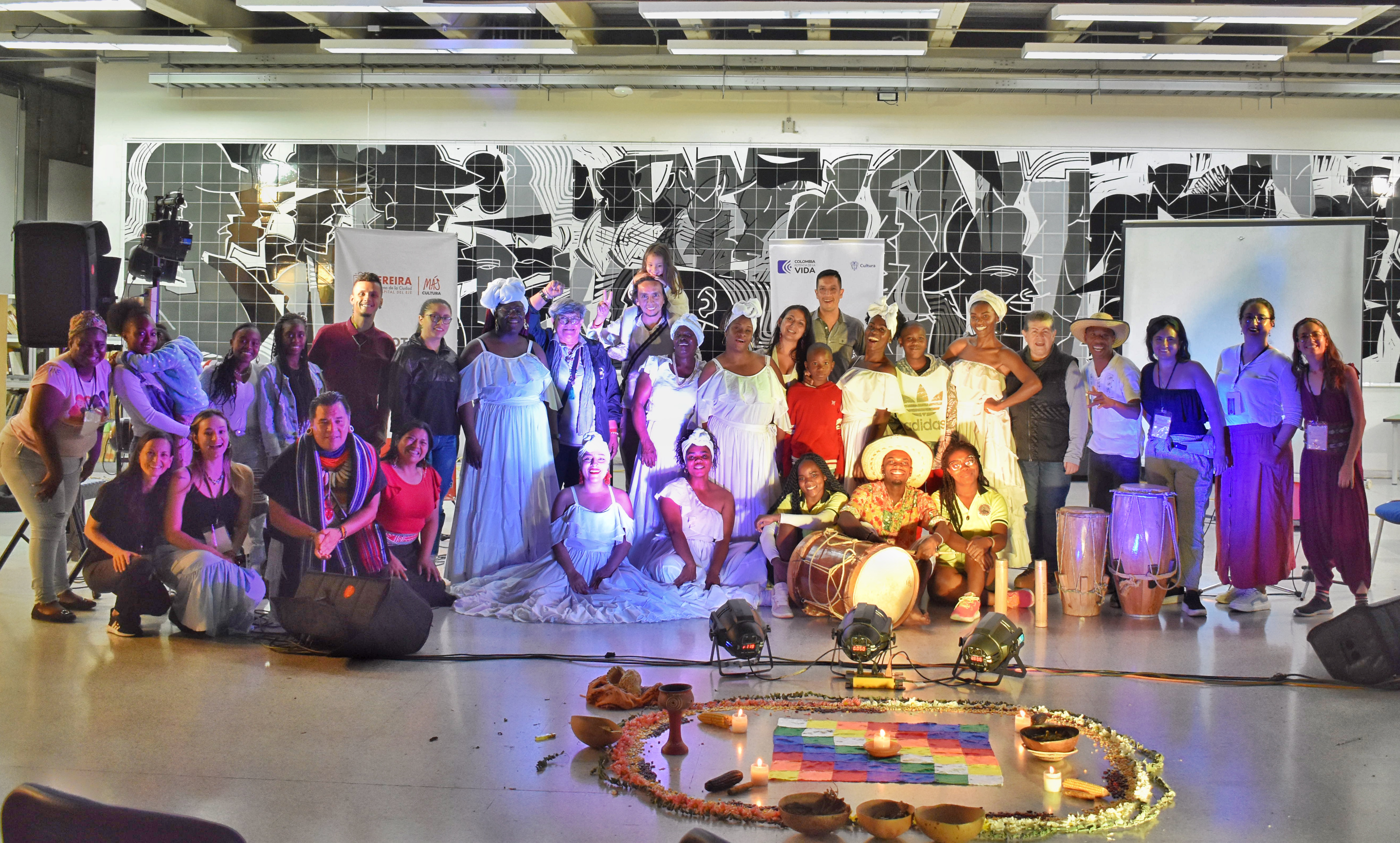
Colombian Intangible Cultural Heritage “WORDS FROM OUR LAND: WEAVING THOUGHT AND MEMORY FROM OUR ROOTS”
“Words from Our Land” is a project that has been continuously developed since 2013, with over 10 years of uninterrupted work. Its main goal is to create educational, research, and social-cultural participation spaces around the Intangible Cultural Heritage (ICH) of Colombian communities. It also aims to revitalize native languages and bring visibility to the ancestral knowledge of Indigenous, Afro-Colombian, and Roma peoples, addressing the loss and degradation of these unique cultural elements that have historically been marginalized.Throughout its evolution, the project has included workshops, community work, conferences, research processes, promotion of oral traditions, food sovereignty practices, and territorial care, establishing an intercultural and transformative intervention model. Its most recent edition was held in September 2024.Key Achievements:Conferences and events around ICH: Numerous educational events with national and international guests have been held, promoting the exchange of ancestral k
04-26-2025
-
INVENTORIES
.png)
Colombian Intangible Cultural Heritage and Peace: Museum Bodies for Empathy
This inventory documents a journey through Colombia’s most remote territories and silenced communities, exploring the role of intangible cultural heritage (ICH) in fostering peace, collective memory, and social cohesion. The project engages diverse cultural expressions, including bodily movement, music, Cuadros Vivos (Living Pictures), weaving, and traditional games, as tools for mutual understanding, empathy, and reconciliation.By facilitating cultural exchanges between territories and communities, the initiative nurtures awareness of Colombia’s rich cultural mosaic. Through the transmission of songs, movements, stories, and emotions, participants co-create collective narratives, shaping a polyphonic chorus that reimagines and transforms history.The creative process unfolds in three key stages: Exploring Embodied Memories – Recognizing the body as a living archive of personal and collective experiences.Mapping Social Connections – Identifying shared gestures and interactions that reflect cultural heritage an
03-07-2025
-
EVENTS

Activities of the ICH NGO Forum During 19.COM
This year's symposium is organised jointly by the Executive Board of the ICH NGO Forum and the WG Research under the theme Participatory Approaches to Living Heritage: NGO PerspectivesThe one-day symposium will focus on how NGOs develop and implement community-based and participatory approaches to safeguarding living heritage. Sessions will present a range of international case-studies and look at how participatory work is shaped by the local context of each field site, but also practical and ethical issues of translating global heritage policy into practice. The panel discussion will provide an opportunity to review and reflect on the challenges and opportunities of participatory work.Immediately following these sessions, a panel on the Overall Results Framework (ORF) will present a Handbook and an Information Note on the ORF in relation to NGO involvement in the realisation of the ORF and into periodic reporting in the countries.Date: Sunday, 1 December, 2024, 09:30 – 17:30 (GMT-3) local time in ParaguayOns
11-29-2024
-
EVENTS
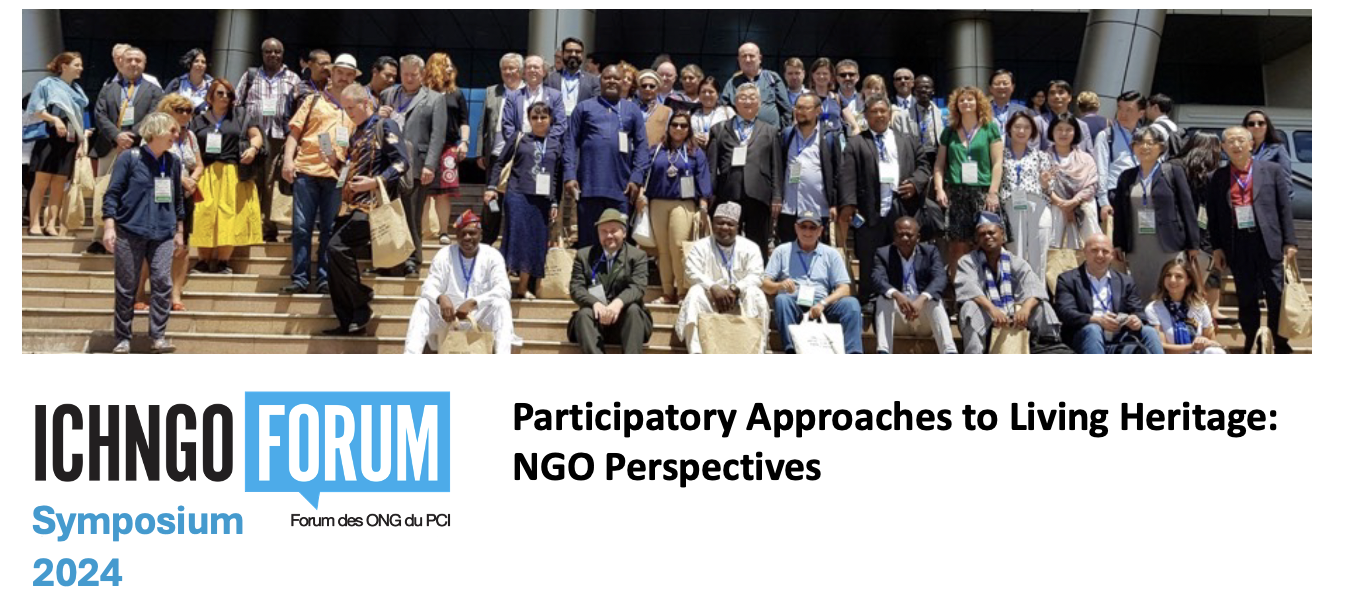
ICHNGO annual report of the Forum’s programmatic activities
CONVENTION FOR THE SAFEGUARDING OF THE INTANGIBLE CULTURAL HERITAGE INTERGOVERNMENTAL COMMITTEE FOR THE SAFEGUARDING OF THE INTANGIBLE CULTURAL HERITAGE Nineteenth session Asunción, Republic of Paraguay 2 to 7 December 2024 Item 13 of the provisional agenda: Report of the non-governmental organizations forum Summary The present document brings the attention of the Committee to the report by the ICH NGO Forum on its activities since the eighteenth session of the Committee in December 2023. Decision required: paragraph 6 LHE/24/19.COM/13 – page 2 1. Since 2020, the Committee has examined an annual ‘Report of the Non-Governmental Organizations Forum’ as a stand-alone agenda item, following the request by the Committee at its fourteenth session in 2019 (Decision 14.COM 15). Pursuant to Decision 18.COM 15 adopted by the eighteenth session of the Committee, the present session of the Committee is requested, once again and for the fifth time, to examine such a report submitted by the ICH NGO Forum as provided in the
11-29-2024
-
EVENTS
19th Session of the Intergovernmental Committee for the Safeguarding of the ICH
The nineteenth session of the Intergovernmental Committee for the Safeguarding of the Intangible Cultural Heritage will take place in Asunción, Republic of Paraguay from Monday 2 to Saturday 7 December 2024.An opening ceremony is scheduled on Sunday, 1 December 2024. The session will be chaired by H.E. Ms Nancy Ovelar de Gorostiaga, Ambassador Extraordinary and Plenipotentiary and Permanent Delegate of the Republic of Paraguay to UNESCO.Attached are the programs from the EB: The Executive Board is looking forward to seeing you at person in Asuncion, Paraguay or online at the ICH NGO Forum’s Symposium on Sunday, December 1st at 9:30 Paraguay time (GMT -3, 1:30 CET), Presentation of Candidates for the Executive Board on Monday, December 2nd at 17:45 Paraguay time (GMT -3, 21:45 CET) and the General Assembly on Wednesday, December 4th at 13:15 Paraguay time (GMT -3, 17:15 CET). There will be a robust program of ICH NGO Forum associated side events throughout the week. You can find here a program listing of a
11-29-2024
-
INVENTORIES
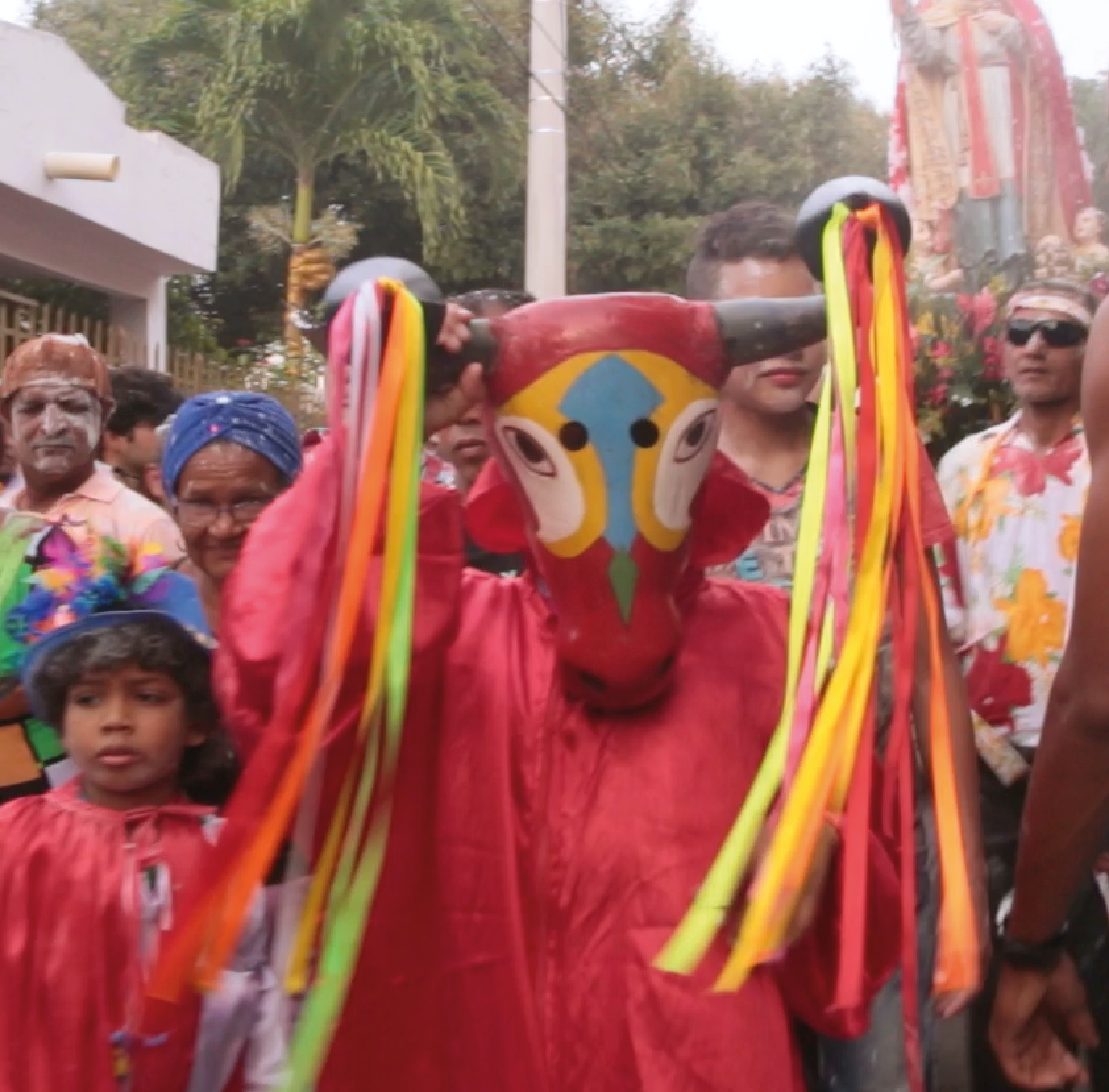
Carnaval de Mamatoco
Históricamente, los primeros carnavales en el Caribe se remontan al siglo XVI en la zona de Mamatoco, Santa Marta, donde convergieron colonizadores, indígenas y más tarde poblaciones afrodescendientes. Esta mezcla cultural tomó forma bajo la influencia de la Iglesia Católica, evidenciada por la construcción de la primera iglesia de Hispanoamérica en Mamatoco. Sin embargo, con el tiempo, esto llevó gradualmente a que la expresión carnavalesca se ocultara dentro del ritual religioso. Mamatoco es quizás el único lugar en el mundo donde se celebran vibrantes precarnavales, aunque paradójicamente su carnaval permanece oculto, representando el origen de los carnavales caribeños en Colombia y la identidad de las mujeres y hombres caribeños.Este fenómeno agrega una capa adicional de complejidad y autenticidad a las celebraciones populares y comunitarias en toda la cuenca del Caribe, enfatizando la riqueza cultural y la singularidad de las expresiones carnavalescas hispanoamericanas, que tienen una amplia relación con
04-30-2024
-
INVENTORIES

Festive Cycle around the devotion and cult of Saint John the Baptist
It is an element of the Intangible Cultural Heritage deeply rooted in more than 150 communities in the northern and central coastal region of the country, in most cases located in front of the Caribbean Sea, at the foot of the Coastal Mountains. These communities are located mainly in the states of Aragua, Carabobo, Miranda, Vargas (current state of La Guaira) and Yaracuy, and include different localities, both rural and urban, of Afro-descendant origin.
04-30-2024
-
INVENTORIES
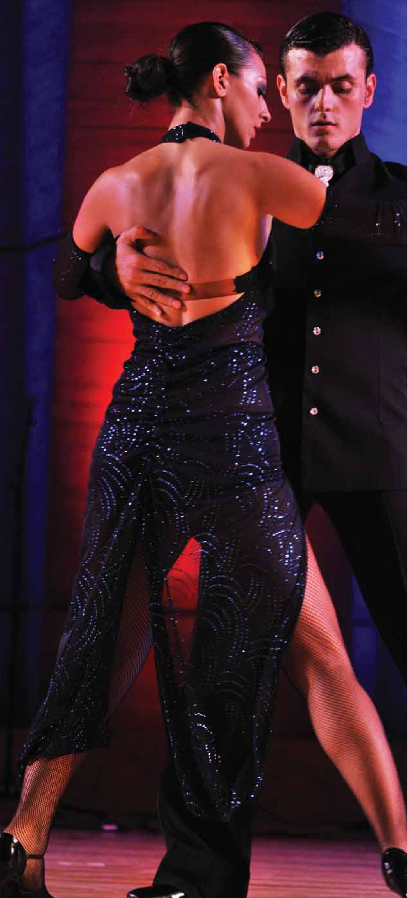
Tango
Tango, originating from the working-class neighborhoods of Buenos Aires and Montevideo in the late 19th century, carries multiple meanings and holds significant importance:Cultural expression: Tango serves as a powerful cultural expression of the Argentine and Uruguayan people, reflecting their history, struggles, and emotions. It embodies the fusion of various cultural elements, including African, European, and indigenous influences, making it a symbol of cultural diversity and identity.Social significance: Tango has historically been a dance of the people, originating in marginalized communities and providing a form of emotional expression and connection. It has served as a way to break social barriers and create a sense of community among people from diverse backgrounds.Artistic form: Tango is not just a dance but also a musical genre, comprising intricate rhythms, melodies, and poetic lyrics. It has become a celebrated art form globally, appreciated for its passionate and evocative expression, both in its
10-20-2023
-
ICHGRAM

Amid COVID 19, UNESCO Peru defines new ways to inventory living heritage with communities in Ayacucho, Peru
Project: Community-based inventorying of intangible heritage in urban areas (1 January 2018 – 1 December 2021) The call for participation in the pilot project ‘Community-based inventorying of intangible cultural heritage in the urban context of Ayacucho: Peru’ attracted hundreds of applicants. Of these: 56 selected public officials: archaeologists: anthropologists: communicators: teachers: bearers: practitioners and cultural managers came together in January 2020 for an initial training workshop with the objective to set up the methodological framework for the inventorying and to plan the process. However: when the COVID-19 pandemic reached Peru in March 2020: a general confinement was declared: and all field work had to be put on hold. To sustain the interest and momentum gained during the preparatory phase: UNESCO proposed to continue the project during confinement through the use of both digital and analogue technologies: including virtual interviews with bearers and academic researchers. Three online meet
08-06-2020
-
ICHGRAM
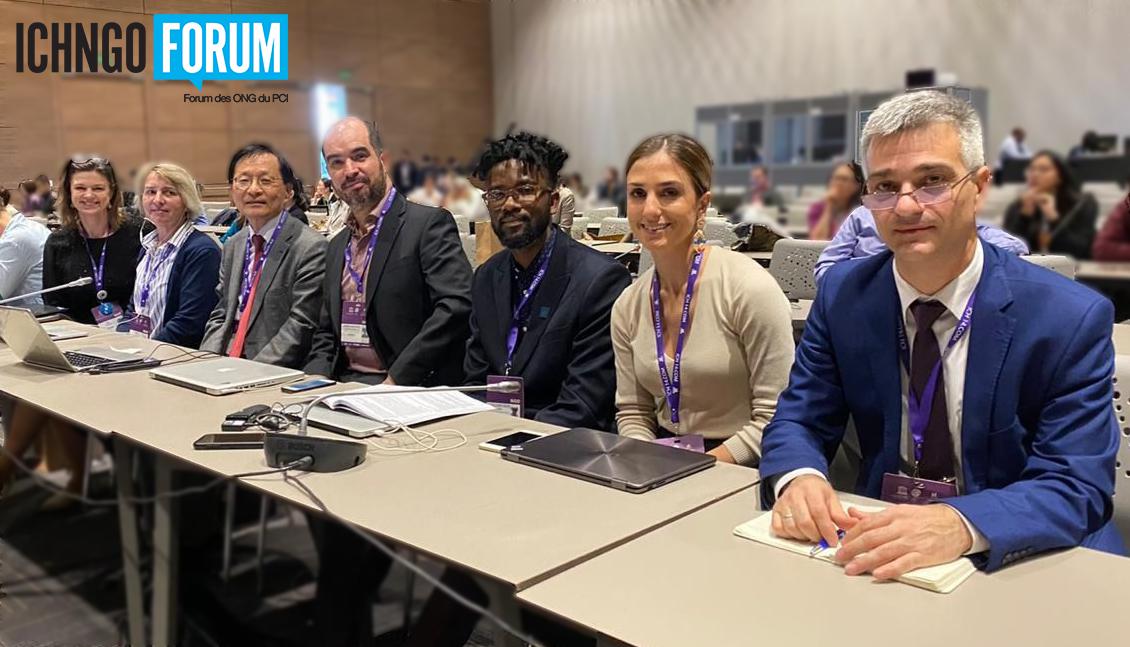
Reports of the ICH NGO Forum at the Pre & 14th Session of the Intergovernmental Committee for the Safeguarding of ICH to be held in Bogota from 7 to 14 December 2019.
You can find the attached reports of the ICH NGO Forum activities at Pre-14.COM and 14.COM held in Bogota: Colombia from 7 to 14 December 2019.
03-10-2020
-
EVENTS

The 15th session of Intangible Cultural Heritage will be held in Jamaica from 30 November to 5 December 2020.
The Intergovernmental Committee for the Safeguarding of the Intangible Cultural Heritage ended its 14th session which took place in Bogota: Colombia from 9 to 14 December 2019: under the Chair Maria Claudia Lopez Sorzano. The Committee adopted guidelines for the safeguarding of ICH in emergency situtions such as conflict and disaster(both natural and human-induced).The guidelines build on the research and experience acquired by UNESCO in recent years: including among Syrian refugees: internally displaced population in the Democratic Republic of Congo and disaster risk reduction strategies in the Pacificnds. During the last day of the session: the Committee decided its 15th session will be held in Kingston under the Chair of Jamaica's Minister of Culture: Gender: Entertainment and Sport: from 30 November to 5 December 2020. The Committee also inscribed five elements on the List of ICH in Need of Urgent Safeguarding and 35 on the Representative List of ICH of Humanity.
01-11-2020
-
EVENTS
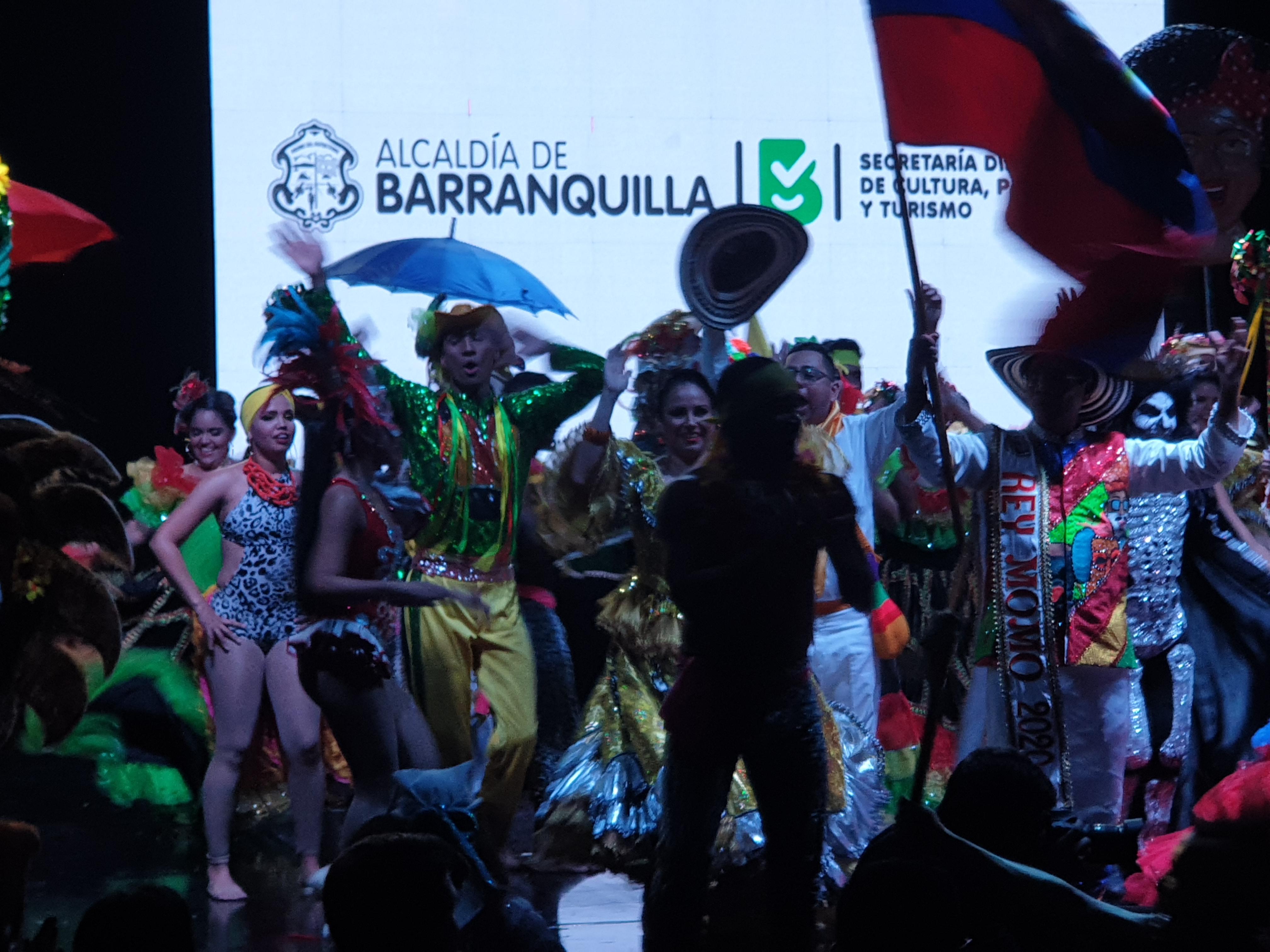
Opening Ceremony of the 14th session of the Committee for the Safeguarding of the Intangible Cultural Heritage
Colombia's President Ivan Duque Marquez and UNESCO's Director-General Audrey Azoulay were among more than 1:000 participants sho attended the opening on 9 December of the 14th session of the Committee for rhe Safeguarding of the Intangible Cultural Heritage taking place in the Colombian capital under the chair of Maria Claudia Lopez Sorzano: until 14 December 2019. Performers from the Car ival of Barranquilla: inscribed on UNESCO's Representive List of the Intangible Cultural Heritage of Humanity in 2008 escorted delegates to the auditorium where opening ceremony took place: before the Corbandas symphony orchestra performed a program of cumbia: fandago and merengue carranguero music. In her speech: Ms. Audrey Azoulay said that since its entry into force in 2006: the Convention for the Intangible Cultural Heritage "has been made stronger through its dissemination of an ambitious vision of heritage: the idea of living legacy that integrates practices: experiences: techniques and human knowledge nurtured over
12-12-2019
-
EVENTS
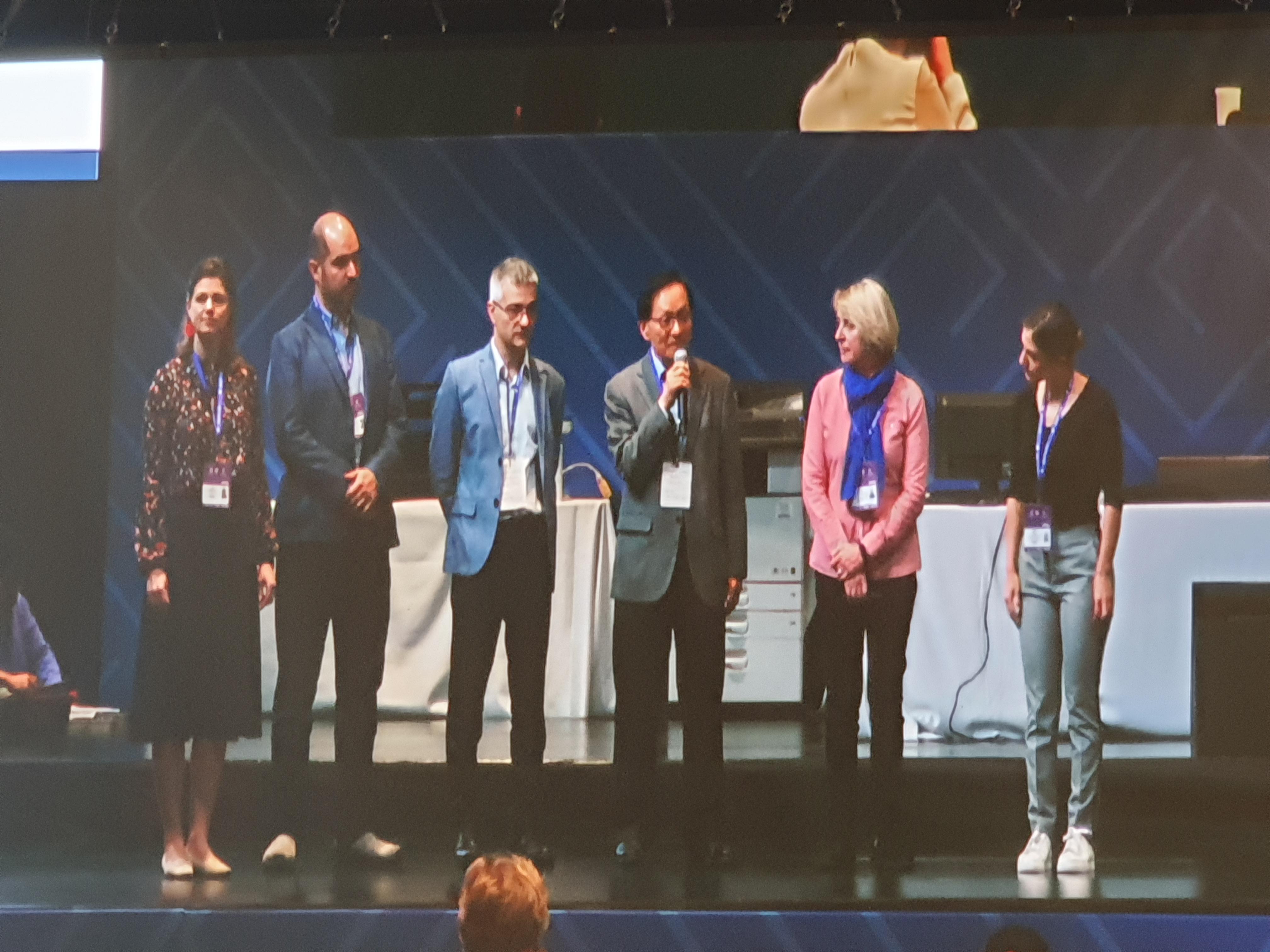
ICH NGO Forum Pre-14.COM Activities
On Saturday:7 December 2019: Capacity-building workshops were held at the Black Tower Hotel in Bogota: Colombia: under generous support of the Government of Sweden who also hosted a luncheon.On Sunday: 8 December: the Forum held a Symposium on <ICH in Urban Contexts> in cooperation with the National Heritage Board of Singapore at the Agora Convention Center. Another Symposium on <Reform of the Listing Mechanism - How NGOs can contribute to addressing old and new challenges?> was held also.In the afternoon of 8 December: the Forum had a meeting to discuss the draft Bylaws of ICH NGO Forum prepared by the working group and the Steering Committee.
12-10-2019
-
EVENTS
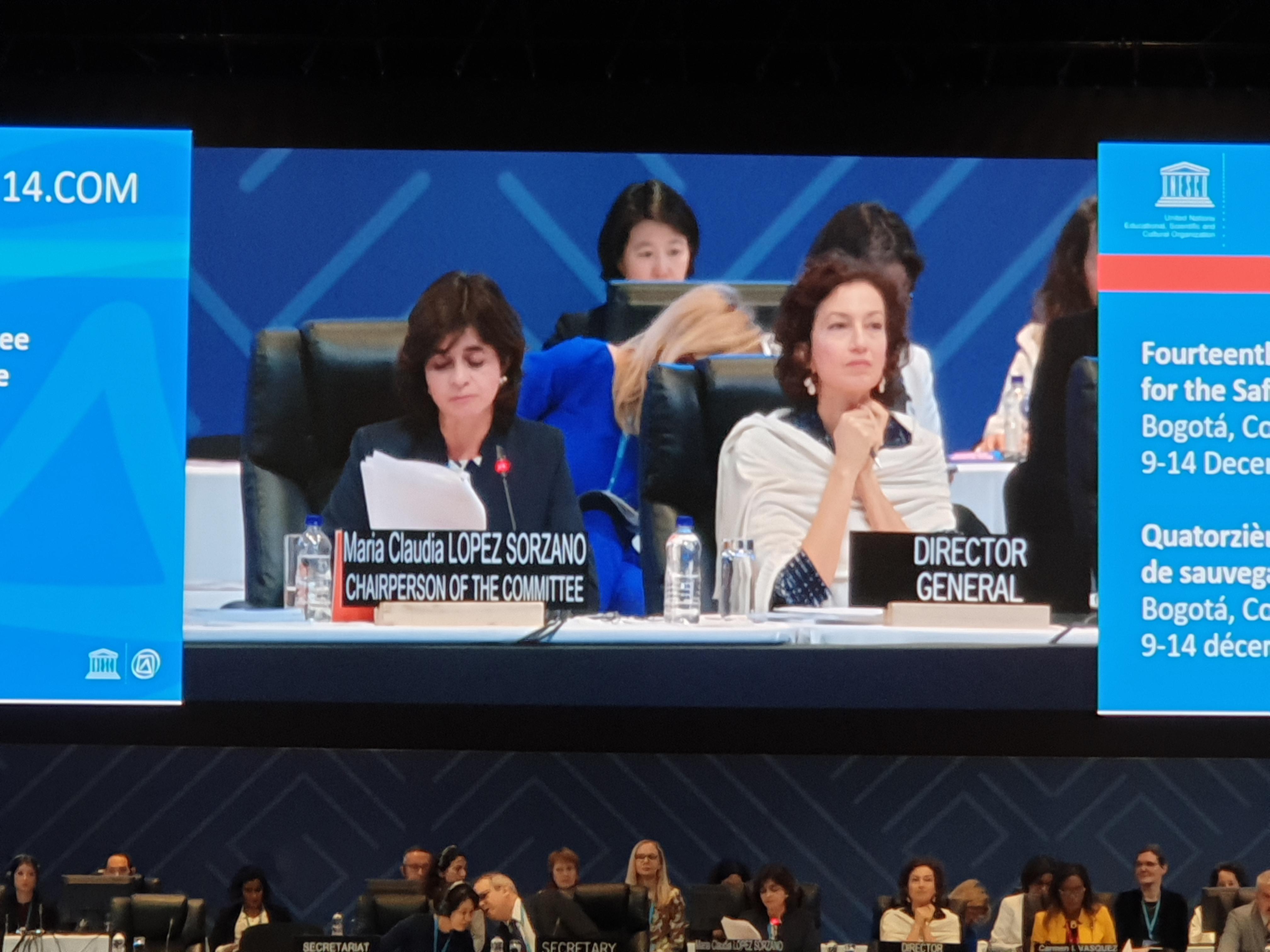
The 14th Session of the Intergovernmental Committee for the Safeguarding of the Intangible Cultural Heritage to be held in Bogota, Colombia from 9 to 14 December 2019.
You can access to the live webcast of the 14th session of the Intergovernmental Committee for the safeguarding of the Intangible Cultural Heritage to be held in Bogota: Colombia. https://www.youtube.com/watch?v=njDKwhjBTfE&feature=emb_logo
12-09-2019
-
EVENTS

Pre-14.COM and 14.COM programme, 7-13 December 2019
ICH NGO Forum: Pre-14.COM and 14.COM programme Bogotá: 7-13 December 2019The programme of the activities of the ICH NGO Forum before and during the fourteenth session of the Intergovernmental Committee for the Safeguarding of the Intangible Cultural Heritage (14.COM).Please confirm your participation by filling out the form which you can find on http://www.ichngoforum.org/pre-14-com-14-com-programme-bogota-7-13-december-2019/#/ as soon as possible: and no later than 30 November 2019.Saturday: 7 December: Capacity-building workshopBlack Tower Premium Hotel (Av esperanza 43a 21)(Lunch and coffee/tea breaks hosted by the Kingdom of Sweden)9:30-10 Plenary session: Introduction to the workshop 10-11:30 Group work Group A-C: newly accredited NGOs and newcomers to COM: Introducing the Convention: its key terms: and the role of NGOs in its implementation on national: regional and international levels Group A: English-speaking group: facilitator Naila CeribašićGroup B: French-speaking group: facilitator Jorijn Neyri
11-19-2019
-
INVENTORIES
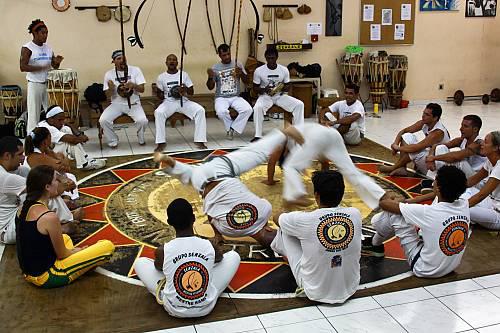
The Art of Brazilian Capoeira Circle
11-13-2019
-
EVENTS
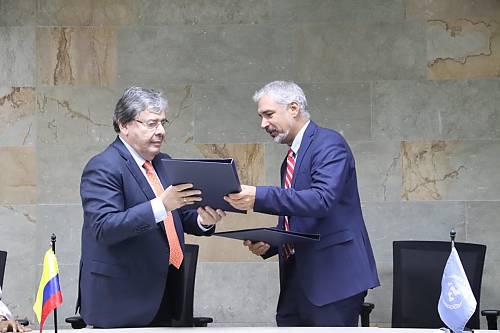
ICH NGO Forum : the Activities during the 14th Intergovernmental Committee
The Steering Committee of The ICH NGO Forum INVITE You to participate in ICH NGO Forum activates in Bogota - Colombia: 7 – 14th December 2019 at ICH Intergovernmental Committee Meetings each year: this year to be held in Bogota - Colombia: 9-14th December at 14.COM.Invitation:Dear colleagues:as NGOs accredited to the 2003 Convention: you have received invitation to participate at 14.COM: which will be held in Bogota from 9 to 14 December 2019. We hope that you will be able to attend. Please take note that expenses incurred by participants are generally borne by your organizations. However: participation costs for representatives from accredited NGOs from developing countries: depending on the availability of resources: may be covered by the Fund for the Safeguarding of the Intangible Cultural Heritage. More information on that is available in the invitation letter that you have received.When planning your trip to Bogota: please pay particular attention to ICH NGO Forum pre-14.COM events: scheduled for 7-8 Dec
09-30-2019
-
INVENTORIES
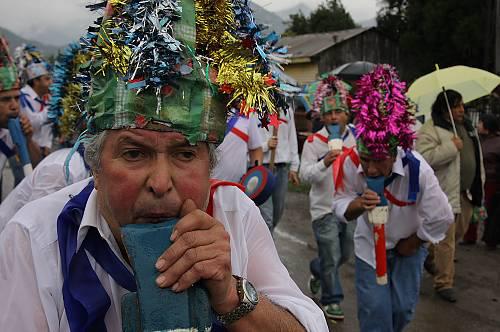
Baile Chino, the dance and dreams of Chile
06-03-2019
-
INVENTORIES
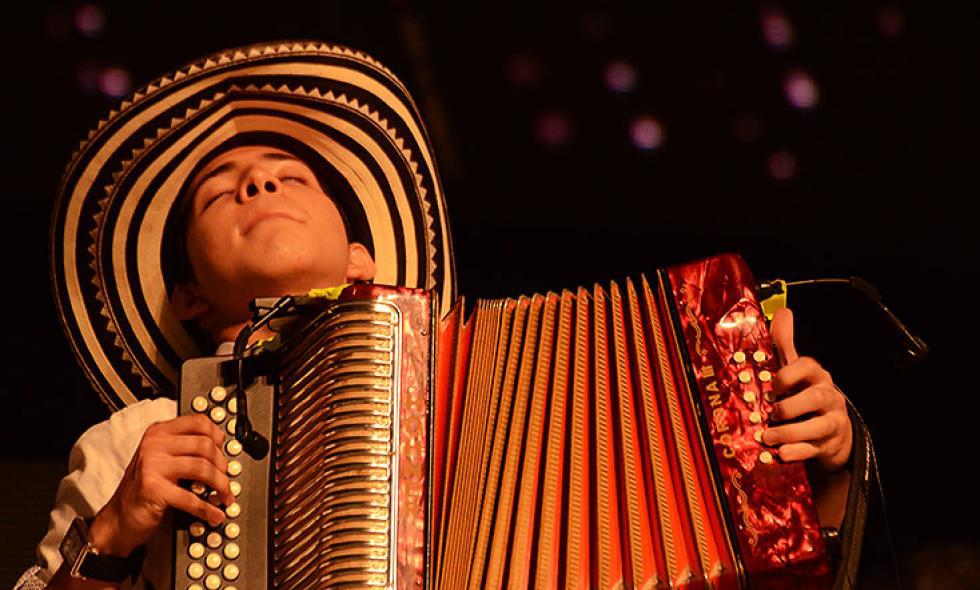
Vallenatos Music of the Greater Magdalena
04-22-2019
-
EVENTS
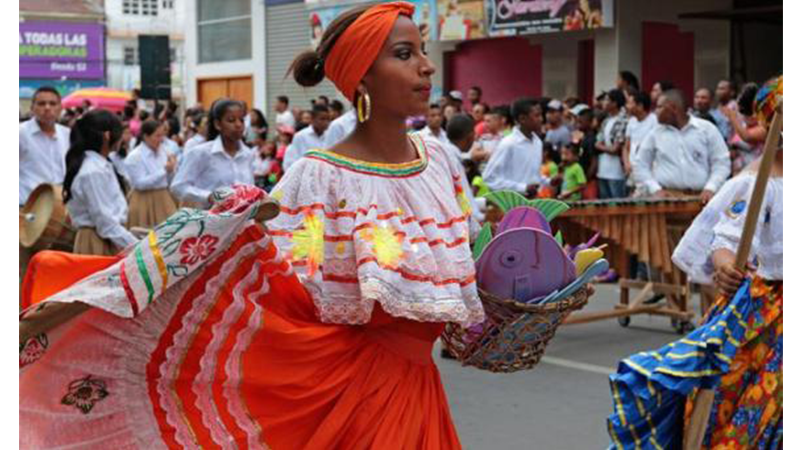
Colombia is hosting next Committee for the Safeguarding of ICH in 2019
Colombia to host next Committee for the Safeguarding of the Intangible Cultural Heritage in 2019.The next annual meeting of the Intergovernmental Committee for the Safeguarding of the Intangible Cultural Heritage will take place from 9 to 14 December 2019 in Bogotá: Colombia. This decision was taken in Port Louis: Mauritius at the close of the thirteenth session of the Committee: which brings together the representatives of 24 States Parties to the UNESCO’s Convention for the Safeguarding of the Intangible Cultural Heritage. The Committee decides on measures to safeguard oral traditions and expressions: performing arts: social practices: rituals: festive events: knowledge and practices concerning nature and the universe or the knowledge and skills to produce traditional crafts: which constitute intangible heritage.Reference from ICH UNESCO https://ich.unesco.org/en/news/colombia-to-host-next-committee-for-the-safeguarding-of-the-intangible-cultural-heritage-in-2019-00328
03-05-2019
-
INVENTORIES
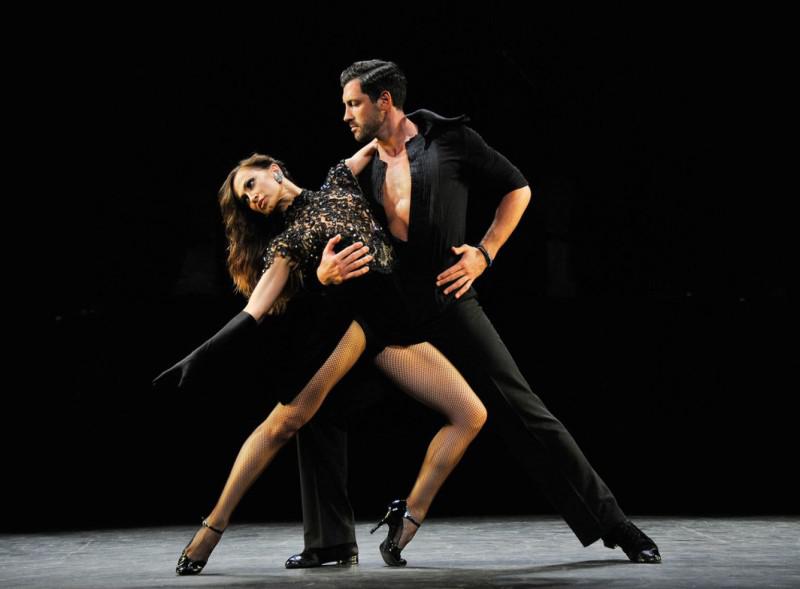
Tango
11-05-2018
 PREV
PREV- …
- …
- NEXT


